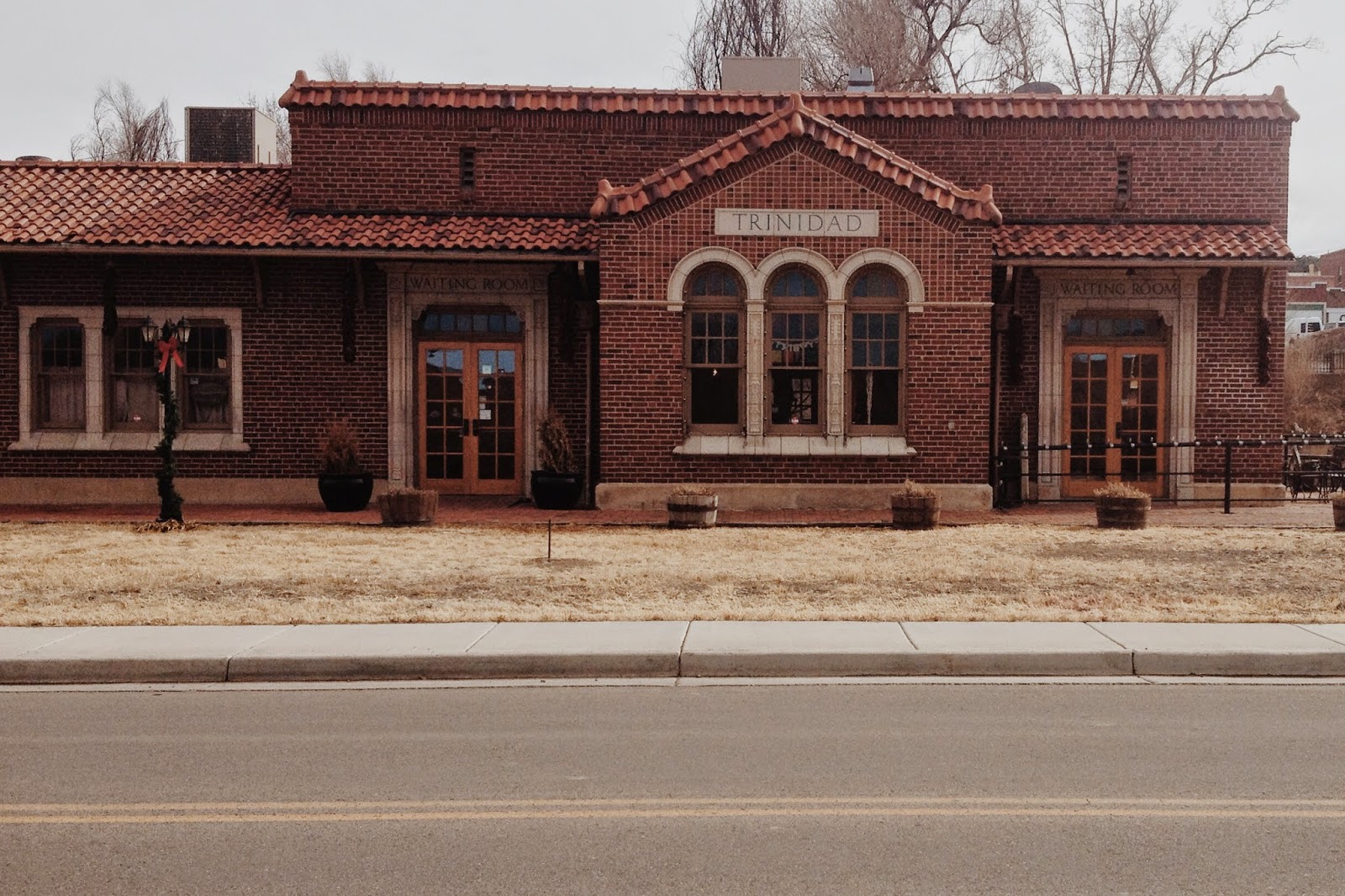 Today, my Railroad West segment on the town of Trinidad hit the airwaves. My trip to Trinidad was quite a while ago, and due to some technical difficulties the production took longer than usual. With some time between finishing the piece and it's airing, I've put the Railroad West series on the back burner of my mind. Hearing the piece go live this morning made me sad and nostalgic- It was my last piece on the radio until further notice.
Today, my Railroad West segment on the town of Trinidad hit the airwaves. My trip to Trinidad was quite a while ago, and due to some technical difficulties the production took longer than usual. With some time between finishing the piece and it's airing, I've put the Railroad West series on the back burner of my mind. Hearing the piece go live this morning made me sad and nostalgic- It was my last piece on the radio until further notice.Rest assured though, I don't plan on it being my last piece ever. When I first embarked on this train project with Martha in January, I had only been working at KRCC for four months. While I loved what I was doing, I really hadn't thought about what would come next, let alone a future in radio. Working on this project and getting to live the experiences I was later writing about solidified my passion for this kind of news, and I look forward to someday making a career in the world of radio journalism.
But for now, please take a listen to the Trinidad segment of Railroad West. I was so lucky, during my trip south on I-25, to hear from a number of people who have invested their time and interest in the future success of the old railroad town. Trinidad has suffered a number of economic blows over the past few decades, with the loss of coal mining (too expensive), the subsequent loss of freight train traffic (no longer needed), and then the relocation of the oil and gas industry to Texas. The Southwest Chief running through town is vital for transportation, but also for the growing industry of tourism, something locals are banking on to keep the city alive.

I feel incredibly fortunate to have worked with Andrea and Martha on these stories, to have met countless interesting, helpful and passionate people on our journeys on the Southwest Chief, in Denver, Raton, La Junta and Trinidad, and to learn the importance of small-town America and the connections we need to maintain there.
Please check back on KRCC for more local stories, or my page on the site to hear more of my work.
Maggie







